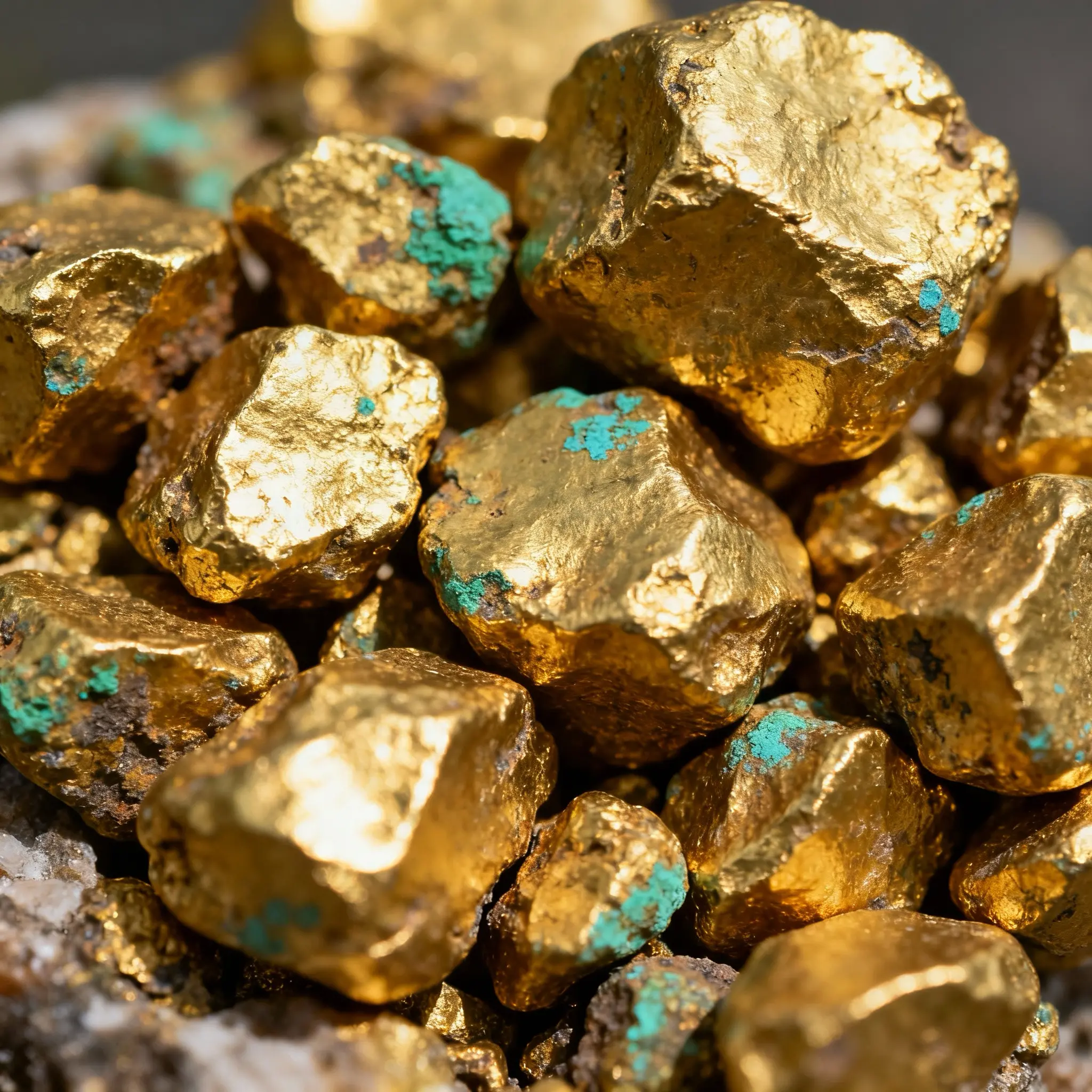Copper: At the Core of the Green Revolution

Copper is critical to building a sustainable future—and demand is rising fast.
Wind turbines: An onshore wind turbine requires approximately 3.5 tonnes of copper per megawatt; offshore turbines need up to 8 tonnes, due to additional cabling.
Solar installations: Solar farms consume roughly 5.5 tonnes of copper per megawatt installed.
Electric vehicles (EVs): EVs require 2 to 4 times more copper than traditional combustion engine vehicles—between 40 to 80 kg per car, compared to 10–25 kg in standard models.
Powering electrification: Copper is found in everything from EV motors and batteries to solar inverters, grid components, and charging infrastructure.
Artifical Intelligence (AI) and Datacenters: These applications are emerging and rapidly accelerating sources of copper demand with BHP projecting demand could reach 1Mt by 2030, up from ~200-300kt in the early 2020s.
Military Applications: Copper is widely used in equipment such as battle tanks, fighter jets, naval destroyers, submarines, missiles and precision weapons, drones and other military vehicles.
Copper as a Strategic Resource
As the world accelerates toward electrification, clean energy, and decarbonization, copper has become a strategic resource, vital not just economically but also geopolitically. Copper is no longer viewed solely as an industrial metal. It is now recognized as a strategic resource with growing geopolitical significance. Nations and companies that secure reliable access to copper will hold an advantage in the global pursuit of electrification, sustainable development, and technological leadership.
Europe is one of the world’s biggest consumers of rare earths and strategic metals like copper. Yet despite being one of the world’s largest consumers of strategic metals, Europe remains heavily dependent on external sources for copper and other critical materials.


